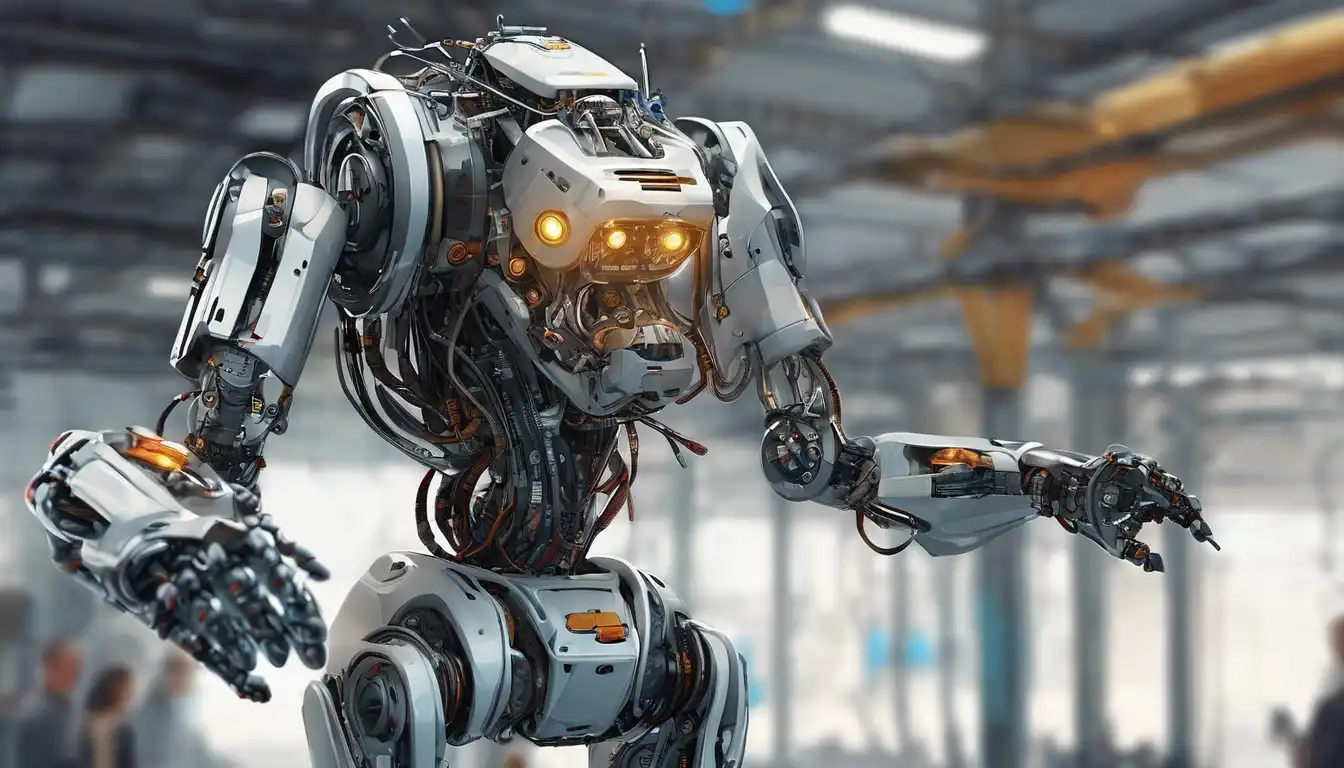Introduction to Robotics
Robotics represents the pinnacle of human ingenuity, blending the realms of technology and innovation to create machines capable of performing tasks autonomously. This field has evolved dramatically over the years, from simple mechanical devices to complex systems powered by artificial intelligence (AI) and machine learning. Today, robotics is at the forefront of technological advancement, driving changes in industries such as manufacturing, healthcare, and even entertainment.
The Evolution of Robotics
The journey of robotics began with the creation of basic automated machines designed to perform repetitive tasks. However, the integration of AI has transformed these machines into intelligent beings capable of learning and adapting. From industrial robots that assemble cars to robotic vacuum cleaners that navigate our homes, the applications are endless. The evolution of robotics is a testament to human creativity and the relentless pursuit of innovation.
Current Trends in Robotics
Today, robotics is characterized by several key trends. Collaborative robots, or cobots, are designed to work alongside humans, enhancing productivity and safety. Meanwhile, autonomous vehicles and drones are redefining transportation and logistics. In the medical field, robotic surgery offers precision and minimal invasiveness, improving patient outcomes. These trends highlight the dynamic nature of robotics and its potential to revolutionize our world.
The Role of Artificial Intelligence in Robotics
Artificial intelligence is the driving force behind the latest advancements in robotics. AI enables robots to process information, make decisions, and learn from their experiences. This synergy between robotics and AI is creating machines that can perform complex tasks, from diagnosing diseases to exploring other planets. The possibilities are limitless, and the future of robotics is brighter than ever.
Challenges and Opportunities
Despite its potential, robotics faces challenges such as ethical concerns, job displacement, and the need for advanced safety measures. However, these challenges also present opportunities for innovation and growth. By addressing these issues, we can ensure that robotics continues to benefit humanity while minimizing its risks.
Conclusion
Robotics stands at the intersection of technology and innovation, offering solutions to some of the world's most pressing problems. As we continue to explore this exciting field, we can expect to see even more groundbreaking developments. The future of robotics is not just about machines; it's about the endless possibilities they bring to our lives.
For more insights into the world of technology and innovation, check out our articles on Artificial Intelligence and Automation.
